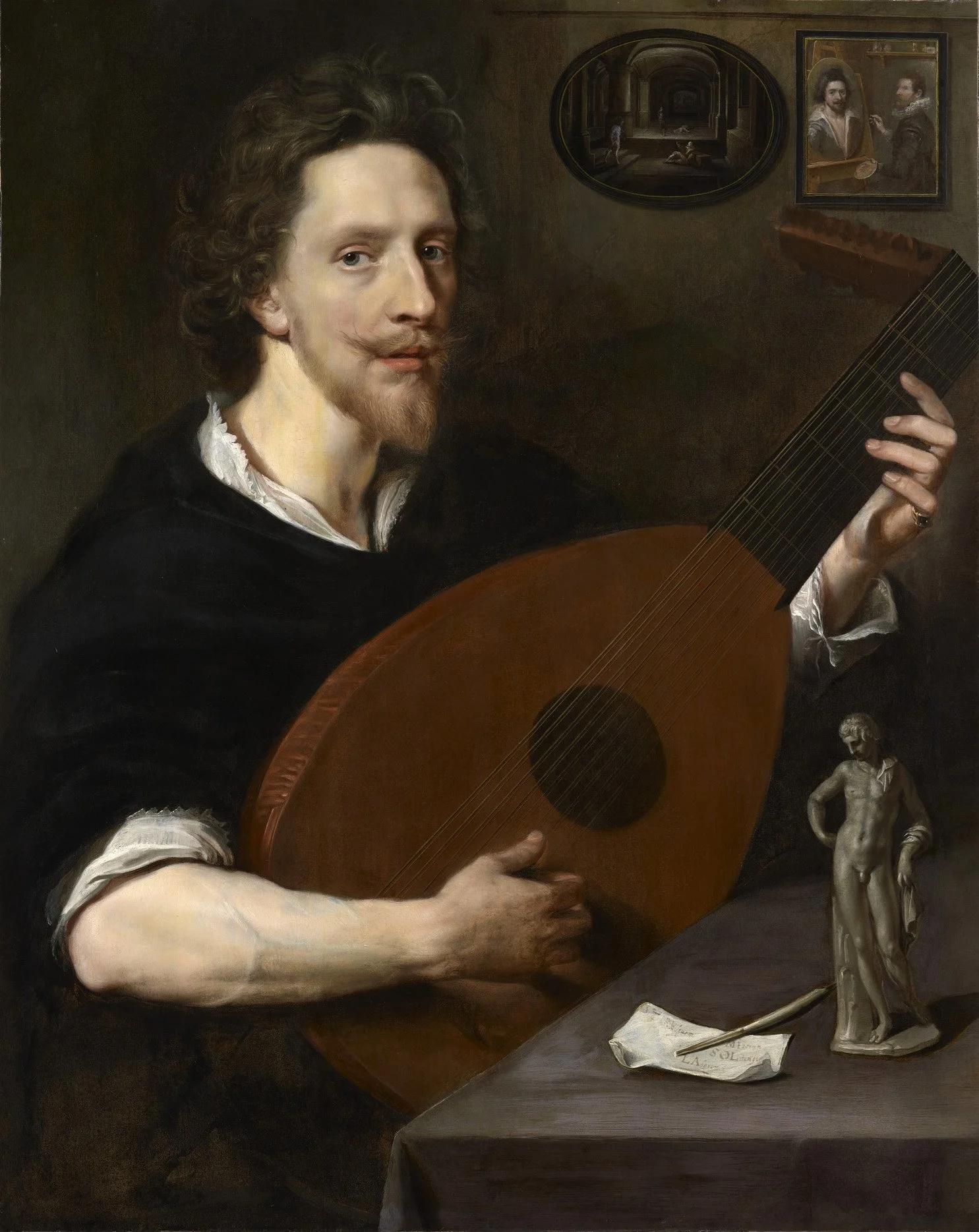The Secret World of Musical Spies
Unknown painter, Nicholas Lanier (1588 - 1666) with The Liberation of St. Peter by Hendrick van Steenwyck II. 1613
What kind of person makes a good spy? Nowadays, recruiters from agencies like the CIA or MI6 might look for people who can pass unnoticed in various cultures and who are smart enough to collect and transmit secret information. In Europe 450 years ago, spymasters were looking for people with those exact same qualities–and many professional musicians fit the bill. Not everyone could read and write in those days, but musicians were literate and often multilingual. They had to travel for work, so they could move across borders easily. And secret codes were no problem: being proficient with music notation meant that musicians already had years of practice transcribing and interpreting complicated symbols.
For all these reasons, musicians were likely recruits for intelligence work. Unfortunately, we don’t know exactly how common this was. The problem with studying secret agents–especially ones who lived so long ago–is that if they were good at their jobs, they didn’t leave behind much compromising evidence. For example, we know that Spanish and Italian diplomats used musical ciphers, like this one, to carry secret messages across Europe. This information comes from Giambattista della Porta’s De occultis literarum notis (Naples, 1606), a book on secret codes–but we don’t know who wrote or transmitted the letters, and we don’t have the documents themselves.
However, we do know of several operatives who were part of an English intelligence network during the reign of Queen Elizabeth I (1558-1603), including Cormack MacDermott, Nicholas Lanier, Thomas Morley, and John Dowland. Robert Cecil, an influential spymaster, hired MacDermott and Lanier as professional musicians at his personal estate. They both delivered secret messages for him, and Lanier also went on international intelligence-gathering missions. For these activities, Lanier was arrested in Rome, but he was released. Thomas Morley infiltrated international Catholic communities so he could report on their plans to take over the English throne (Queen Elizabeth and the Catholics were enemies). When Morley carried some secret letters to the Netherlands, a double agent intercepted them and wrote about Morley to a different double agent. That letter is part of how we know about Morley’s espionage work. John Dowland was a lutenist at the Danish court, where he had some of the highest security clearances a servant could have. (A lute was small and versatile, like the Early Modern equivalent of a portable sound system. If a minister or head of state wanted some background music during a private gathering, guess who would be called in?) Robert Cecil requested through an agent that Dowland send home intelligence reports, and Dowland probably complied. In fact, Cecil may have been blackmailing him to make sure that he did. But Dowland was never caught–so we don’t know for sure.
Activities like this were kept hidden at the time, and compromising documents were intentionally destroyed. Large gaps in the evidence suggest that there were probably other musician-spies, but it’s hard to tell. Perhaps more evidence is still out there, waiting to be found.
